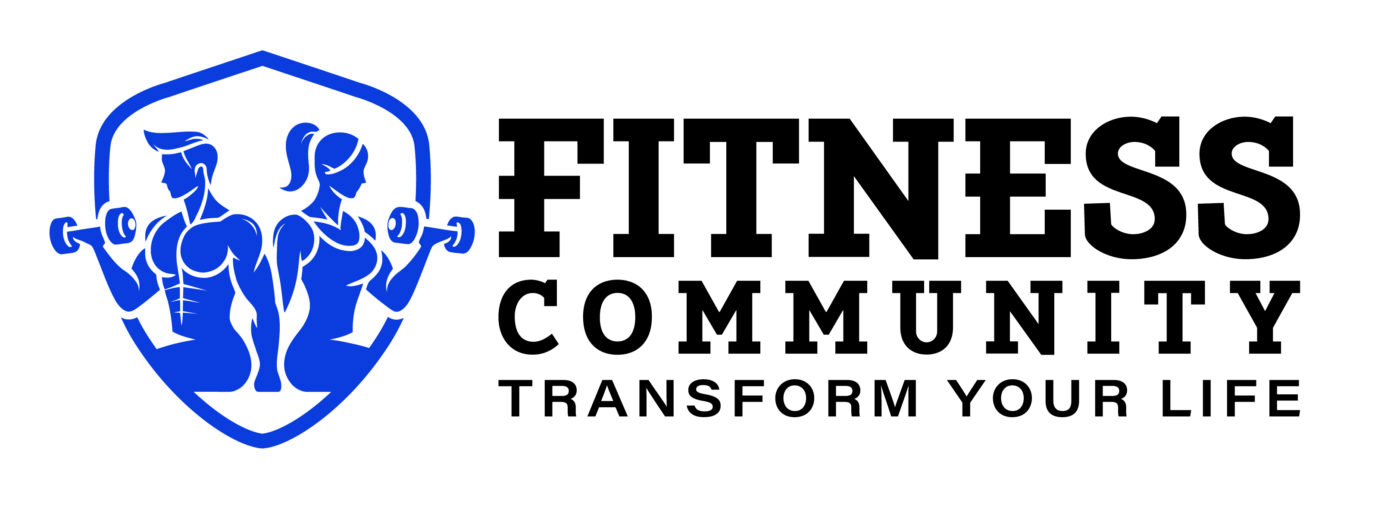CARDIOVASCULAR FITNESS
Cardio Showdown: Is It Better to Go Harder or Longer for Maximum Fitness?
Is It Better to Go Faster or Longer for a Cardio Workout? How to Decide What’s Best for You
If you’re looking to improve your cardiovascular fitness, you essentially have two options: increase your speed and intensity or extend the duration of your workout. Both approaches come with their own benefits and challenges. High-intensity workouts can leave you breathless in minutes, while longer sessions demand endurance and patience.
So, which is better? Experts say the answer depends on your fitness goals, schedule, and personal preferences.
The Benefits of Longer Cardio Workouts
Longer workouts, often performed at a steady, moderate pace, enhance endurance by gradually improving your cardiovascular and muscular efficiency. According to triathlon coach Susan Sotir, PhD, the key is to push slightly beyond your comfort zone—but not so much that you feel overwhelmed.
Steady-state cardio, often performed at a low- to moderate-intensity level (also called zone 2 cardio), allows you to sustain a conversation while exercising. This type of training strengthens the heart, increases VO2 max (your body’s oxygen usage capacity), boosts plasma volume, and enhances capillary networks that deliver nutrients to muscles. Over time, this leads to better endurance and improved overall heart health.
Additionally, longer workouts can be mentally beneficial. The sustained effort can feel more meditative and accessible, making it a great option for those who prefer consistency over intensity. However, the biggest drawback is the time commitment. Without incorporating intensity, progress may eventually plateau, requiring even longer sessions to see continued improvement.
The Benefits of Higher-Intensity Cardio Workouts
Increasing intensity by pushing yourself harder and faster offers many of the same cardiovascular benefits as steady-state training—but in less time. According to exercise physiologist Susie Reiner, PhD, high-intensity workouts provide a stronger stimulus for aerobic and cardiovascular adaptations. This means faster improvements in fitness levels.
Guidelines from the American College of Sports Medicine and the World Health Organization recommend 150 minutes of moderate-intensity cardio per week, but just 75 minutes if performed at a vigorous intensity. By working harder, you can cut your workout time in half while still reaping substantial benefits.
Higher-intensity training also activates fast-twitch muscle fibers and increases lactate threshold, allowing you to sustain greater efforts over time. Additionally, neuromuscular improvements help improve coordination, power, and speed—crucial for athletes with performance goals. However, these sessions require more recovery time and can be mentally and physically exhausting if done too frequently.
Choosing the Right Cardio Strategy
The best approach depends on your fitness goals and personal preferences. If endurance is your priority, longer workouts are key. If efficiency and power are your focus, higher-intensity training will serve you better.
For a balanced approach, many coaches recommend an 80/20 training split—where 80% of workouts are moderate-intensity, and 20% are high-intensity. A well-rounded schedule could include three days of steady-state cardio, one or two days of higher-intensity workouts, and at least two strength training sessions for overall fitness.
Ultimately, the best cardio workout is the one you’ll stick with. Whether you prefer pushing your limits with speed or settling into a steady rhythm, consistency is the key to seeing results.

